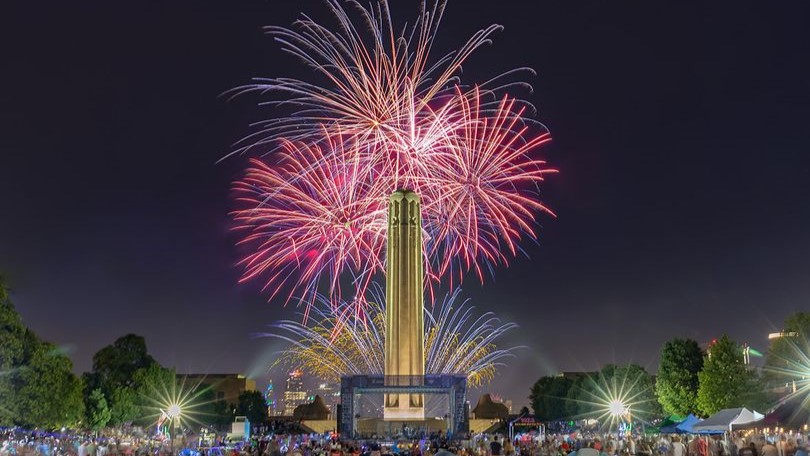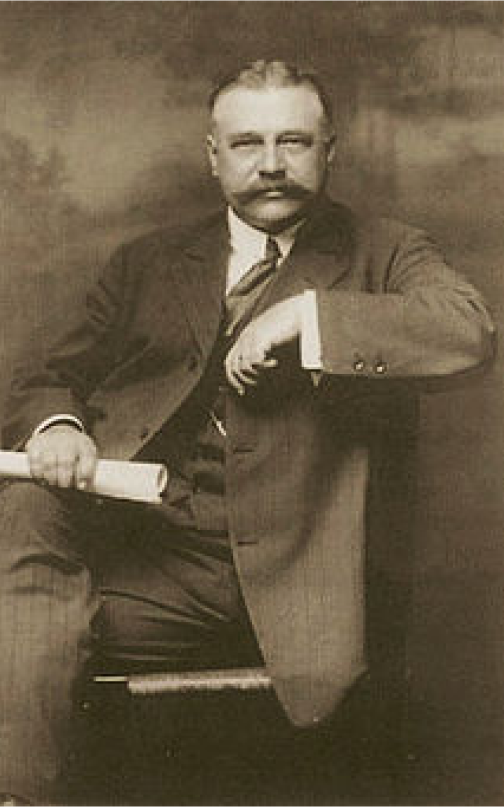
About Us - Kansas City Parks & Recreation
Our Mission
To improve the quality of life, health, and wellness of our community by providing socially equitable, community-driven programming, and environmentally sound natural resource management.
Our Vision
The City of Kansas City, Missouri, aspires to be a local, regional, national, and international leader in providing a world class quality of life through its parks, recreation, boulevards, greenways, and fountains.
More About Us
Kansas City Parks & Recreation provides facilities, programs, and recreational opportunities for the community that contribute to an aesthetically pleasing environment and enhanced quality of life. The department maintains 222 parks, 12,000+ acres of parkland, 158 miles of trails and bikeways, 29 lakes, hundreds of athletic fields and tennis courts, 115 playgrounds, and five public golf courses. Miles of scenic boulevards and parkways crisscross the city, where 48 fountains and 122 monuments and sculptures surprise and delight. Ten community centers, along with eight museums, provide the setting for socially equitable and community-driven programming.
Leisure
The City of Kansas City promotes residents’ participation in leisure activities for their mental and physical well-being. Leisure time helps reduce stress, improve mood, and boost mental clarity, allowing individuals to recharge and approach daily challenges with renewed energy. Walking, reading, or simply spending time outdoors can promote a healthier and balanced lifestyle. Additionally, leisure time in parks fosters community connections, strengthens family bonds, and encourages appreciation for the natural environment. By taking time for leisure in our parks, we create a happier, healthier, and become more connected to Kansas City.
SCULPTURES
TENNIS COURTS

Governance
Board
The Parks and Recreation department is governed by a volunteer five-member Board of Parks and Recreation Commissioners who are appointed by the Mayor. The Board of Parks and Recreation holds regular public meetings on Tuesdays at the Parks and Recreation Department headquarters, 4600 E. 63rd St. All meetings are open to the public. To reach the Board, please contact Board Secretary Karmen Houston at 816-513-7503 or [email protected].
Staff
The Parks Department staff leadership consists of a Director and two Deputy Directors who oversee the day-to-day administrative operations of the department divisions. Divisions include Natural Resources, Community Services, Financial Services, Marketing & Development, Human Resources, and Planning & Design Services.
A Nationally Accredited Agency
KC Parks was accredited in February 1999 and is one of only 169 agencies in the country to have received national recognition from the Commission for Accreditation of Park and Recreation Agencies (CAPRA). The department has continuously maintained its status as an accredited agency.
Tree City USA
Kansas City, Missouri has held the designation Tree City USA by the Arbor Day Foundation since 1988. To become a Tree City USA community, a city must meet four standards: have a tree board or department, a tree care ordinance, a comprehensive forestry program, and an Arbor Day observance and proclamation. Tree City USA is a program of the Arbor Day Foundation, a nonprofit, environmental educational organization of nearly one million members, with a mission to inspire people to plant, nurture, and celebrate trees.
KC Parks History
In the late 19th century, Kansas City had few paved streets and even fewer sidewalks, but the town was booming. As the population continued to grow and the city land size increased, the main focus remained on commerce and building places for people to live and work. There was, however, a group of citizens who saw the need for creating a better quality of life and improving the city’s appearance through the development of municipal parks, and later, a boulevard system.
The fledgling park movement continued to gather momentum until one of its firmest supporters, William Rockhill Nelson, moved to town and took up the cause. As the editor of the evening newspaper, The Star, Mr. Nelson used his position to campaign for paved roads and streets. He also advocated for improved sidewalks and sewers, decent public buildings, better streetlights, and more fire and police protection. His most enduring legacy, however, was the city’s park and boulevard system which he promoted with August Meyer, local businessman and president of the 1892 Park Board, predecessor to the Board of Parks and Recreation Commissioners. The Park Board hired landscape architect George E. Kessler (pictured) to design a boulevard and park system master plan that would provide for a “city within a park.”
Work on the boulevard system began in 1893 with the development of Independence and Gladstone Boulevards. Acquisition of properties began in earnest when, in 1895, the city approved a charter amendment to give the Park Board power to condemn land, issue bonds, and receive special taxes. North Terrace Park (now Kessler Park), West Terrace Park, and later Penn Valley Park were among the first developments. A milestone was achieved with a gift of property from Col. Thomas H. Swope, a pessimistic “knocker” of the parks plan. In 1896, Swope deeded to the city more than 1,300 acres, which became the park that bears his name and the largest park in the system. Another important gift to the city was that of Loose Park in 1927, donated by Ella Loose in memory of her husband, Jacob.
Since then, hundreds of additional parks and boulevards have been developed throughout the greater Kansas City area. In 1967, the Park Department and Recreational Division of the city’s Welfare Department were combined into the present-day Kansas City Parks and Recreation Department. Thanks to the foresight of city leaders and advocates, Kansas City is internationally known for its beautiful parks and boulevards system. Today’s Parks, Recreation, and Boulevards Department honors the past while continuing to grow and make improvements for the future.



